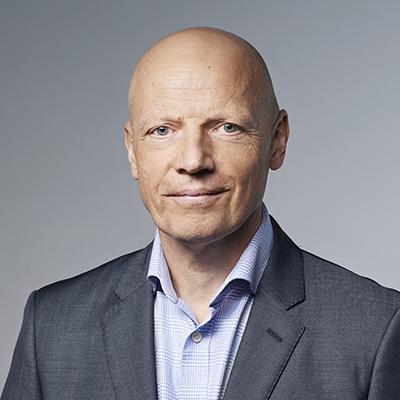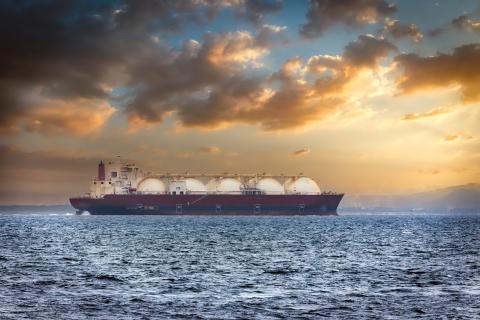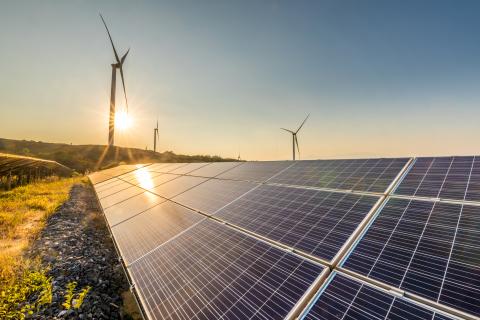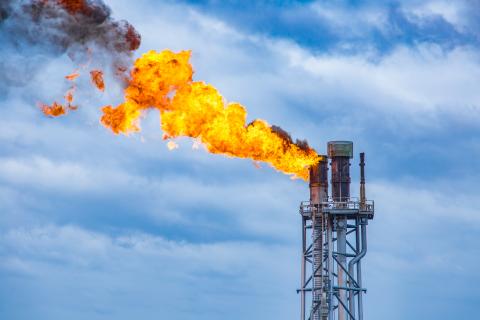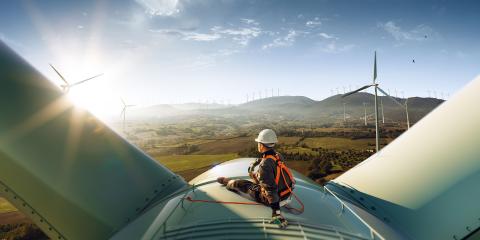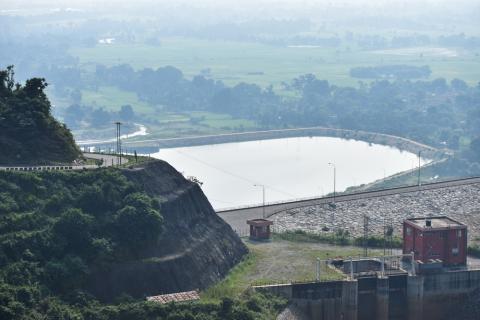Electricity and Energy Sector Plan discussion paper
Download Full Version

26 April 2024
To: Department of Climate Change, Energy, the Environment and Water
RE: Electricity and Energy Sector Plan consultation
Thank you for the opportunity for the Institute for Energy Economics and Financial Analysis (IEEFA) to provide input on the Electricity and Energy Sector Plan discussion paper. IEEFA is an energy finance think tank that examines issues related to energy markets, trends, and policies. The Institute’s mission is to accelerate the transition to a diverse, sustainable and profitable energy economy.
In IEEFA’s view, the Electricity and Energy Sector Plan should:
- Set a plan for decarbonisation of Australia’s energy systems in line with the Paris Agreement to keep warming below 1.5 degrees Celsius.
- Clearly articulate the future state of the energy system – including saturation levels of rooftop solar, instantaneous 100% renewable electricity, decommissioned gas networks and zero coal capacity.
- Outline what is required to achieve the 82% renewables target (and the future energy system end state) and to achieve high levels of DER uptake and electrification.
- Aim to deliver an efficient energy system and maximise the economic opportunities for Australia.
- Inform and guide the Integrated System Plan (ISP), the Consumer Energy Resources (CER) Roadmap, the Gas Statement of Opportunities (GSOO), the Electricity Statement of Opportunities (ESOO), the National Electricity Performance Strategy (NEPS) and other energy and electricity system plans.
- Give equal focus to large scale-energy resources as distributed energy resources (DER), and equal focus to the supply side as to the demand side.
- Explain the initiatives, policies and system-level changes that will be needed to deliver the Plan.
- Be developed based on the updated National Energy Objectives, which include consideration of achievement of emissions reduction targets.
Moreover, as further detailed in our submission, the Plan should:
- Mobilise investment to transform energy by:
- Making strategic adjustments to the Capacity Investment Scheme (CIS) to help mobilise investments in large-scale renewables.
- Providing a firm coal exit schedule that the energy industry can rely on, delivering certainty for investors in new capacity.
- Mobilising consumer investment in DER by developing the policies, regulations, markets and standards to support DER uptake and effective DER integration.
- Mobilising investment in energy performance by supporting households and businesses to make decisions that lower their energy bills.
- Attracting private capital through a range of measures.
- Enable electrification for a smooth transition by:
- Improving appliance standards to encourage new appliances to be efficient, flexible and electric.
- Providing targeted policy support to make electrification accessible to all.
- Avoiding electrification delays that lock consumers into higher costs and higher emissions.
- Taking advantage of spare capacity in the existing electricity system.
- Conscientiously plan for the future of liquid and gaseous fuels by:
- Developing an equitable plan to phase down residential gas networks.
- Reserving alternative gases such as hydrogen and biomethane for their highest-value end uses.
- Building Australia’s clean energy workforce.
- Maximise outcomes for people and businesses by:
- Acknowledging that DER can provide a range of benefits and measures need to be taken to realise these benefits. In particular, electric vehicles (EVs), distributed storage and demand flexibility can support the grid and the economy more broadly.
- A review of network economic regulation will be required to ensure investment in networks and DER is efficient, and network prices are not higher than necessary.
- A governance review will also be required to ensure Australia can move at the pace required.
Regards,
Amandine Denis-Ryan, Chief Executive, IEEFA Australia
Johanna Bowyer, Lead Analyst – Australian Electricity
Jay Gordon, Energy Finance Analyst, Australian Electricity
Kevin Morrison, Energy Finance Analyst, LNG/Gas Sector
Saurabh Trivedi, Sustainable Finance Specialist




